Osmosis In The Digestive System
Osmosis in the digestive system. Why is Osmosis important in the Absorption of food and water in the digestive system. During the third week of development the embryo is a flat three-layered disc and each layer contains germ cells that give rise to the organs and tissues of the body. Osmosis helps you get nutrients out of food.
Osmosis plays an important role in the human body especially in the gastro-intestinal system and the kidneys. Collect eliminate nonuseable components of food Human Anatomy Physiology. In the digestive system osmosis plays a key role in nutrient absorption.
Produce HCl intrinsic factor Chief cells. Secretes histamine somatostatin serotonin ghrelin G-cells. Osmosis allows your body to absorb these nutrients into the intestines and individual cells.
The process of osmosis is a form of passive transport where no energy is required. Absorption of water occurs by osmosis. The Digestive System The Mouth.
It contains a collection of digestive enzymes that enhance nutrient absorption and reduce toxicity for a. Keeping the bodys conditions stable makes it possible for living things to survive. There are several ways for nutrient molecules to move from your digestive system to your bloodstream but the only nutrient that moves by osmosis is water.
The middle germ layer is called the mesoderm and it. Comprove no histórico de preços e economize. This is the buccal cavity in a human and is where mechanical digestion and mastication chewing takes place.
The process of active transport through the blood then distributes the nutrients to the locations where they are needed. Peristalsis of the circular muscle contracts and relaxes to push food down.
It contains a collection of digestive enzymes that enhance nutrient absorption and reduce toxicity for a.
Sodium is actively absorbed in the colon by sodium channels. Gland apical region amongst chief cells. Water diffuses in response to an osmotic gradient established by the absorption of electrolytes. Now the esophagus has a particularly thick muscularis externa that propels the bolus of food down to the esophageal sphincter which opens allowing the bolus to pass into the stomach. Osmosis allows your body to absorb these nutrients into the intestines and individual cells. Food molecules pass from the inside of the intestines into the blood. Ad Leading in osmometry since more than 35 Years. Finally theres the innermost epithelial layer and it absorbs and secretes mucus and digestive enzymes because this is the layer that comes into direct contact with food. Collect eliminate nonuseable components of food Human Anatomy Physiology.
Ingestion mechanical digestion the taking of food into the body. Osmosis helps you get nutrients out of food. When we eat food its first chewed up in the mouth and mixes with saliva to form a mushy mass called a bolus and then it travels down a muscular tube called the esophagus. Sodium is actively absorbed in the colon by sodium channels. The process of absorbing or assimilating substances into cells or across the tissues and organs through diffusion or osmosis as in absorption of nutrients by the digestive system. Now the esophagus has a particularly thick muscularis externa that propels the bolus of food down to the esophageal sphincter which opens allowing the bolus to pass into the stomach. In the digestive system osmosis primarily take place in small and large intestines.

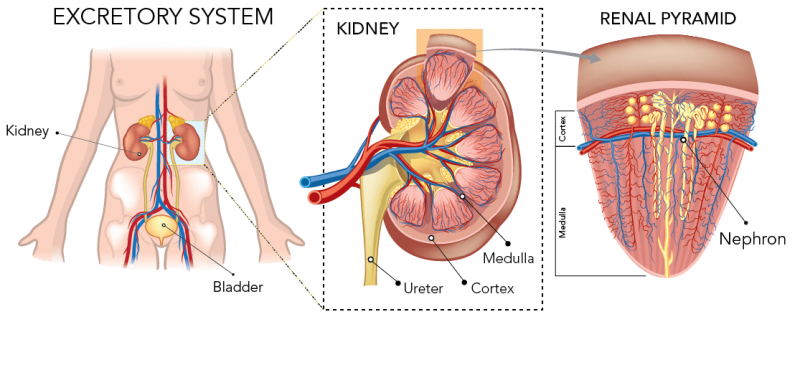

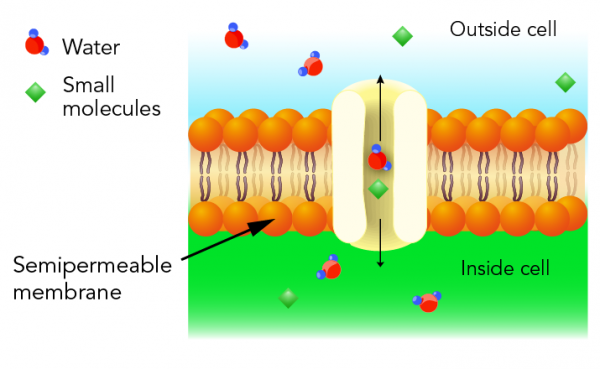
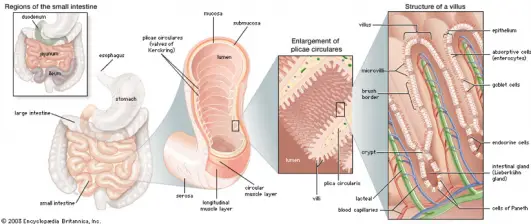


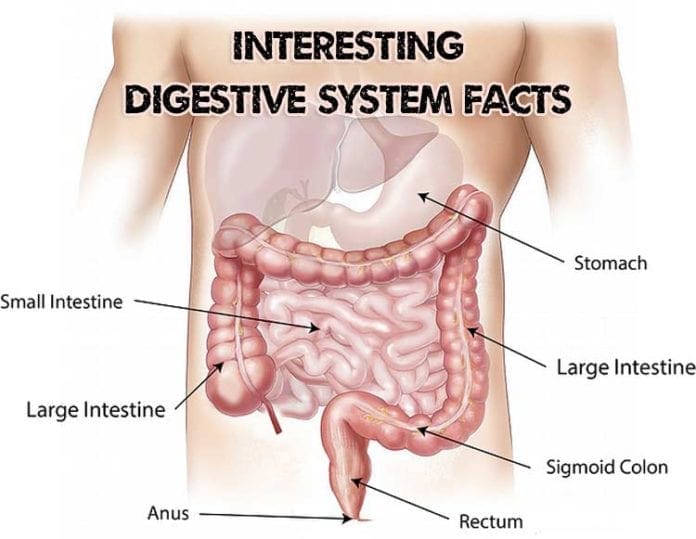



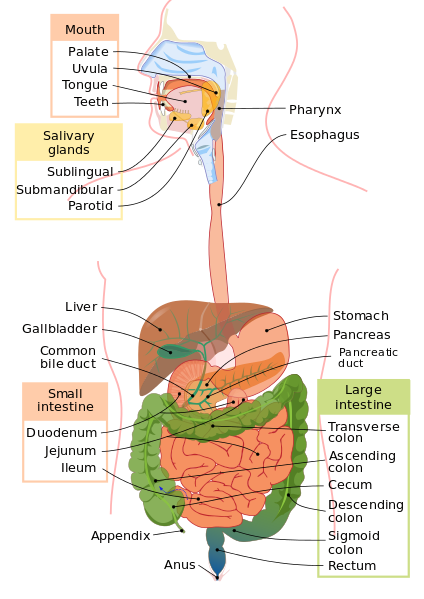










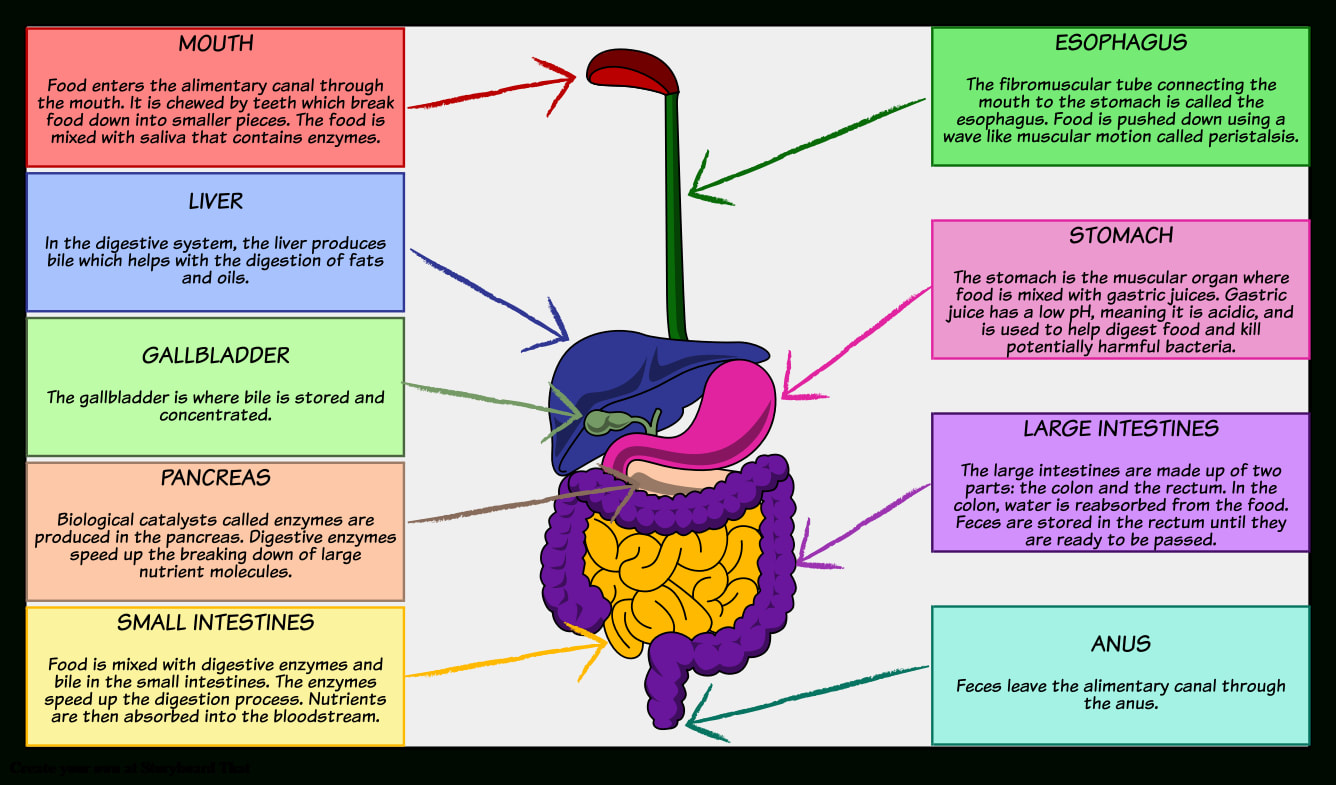





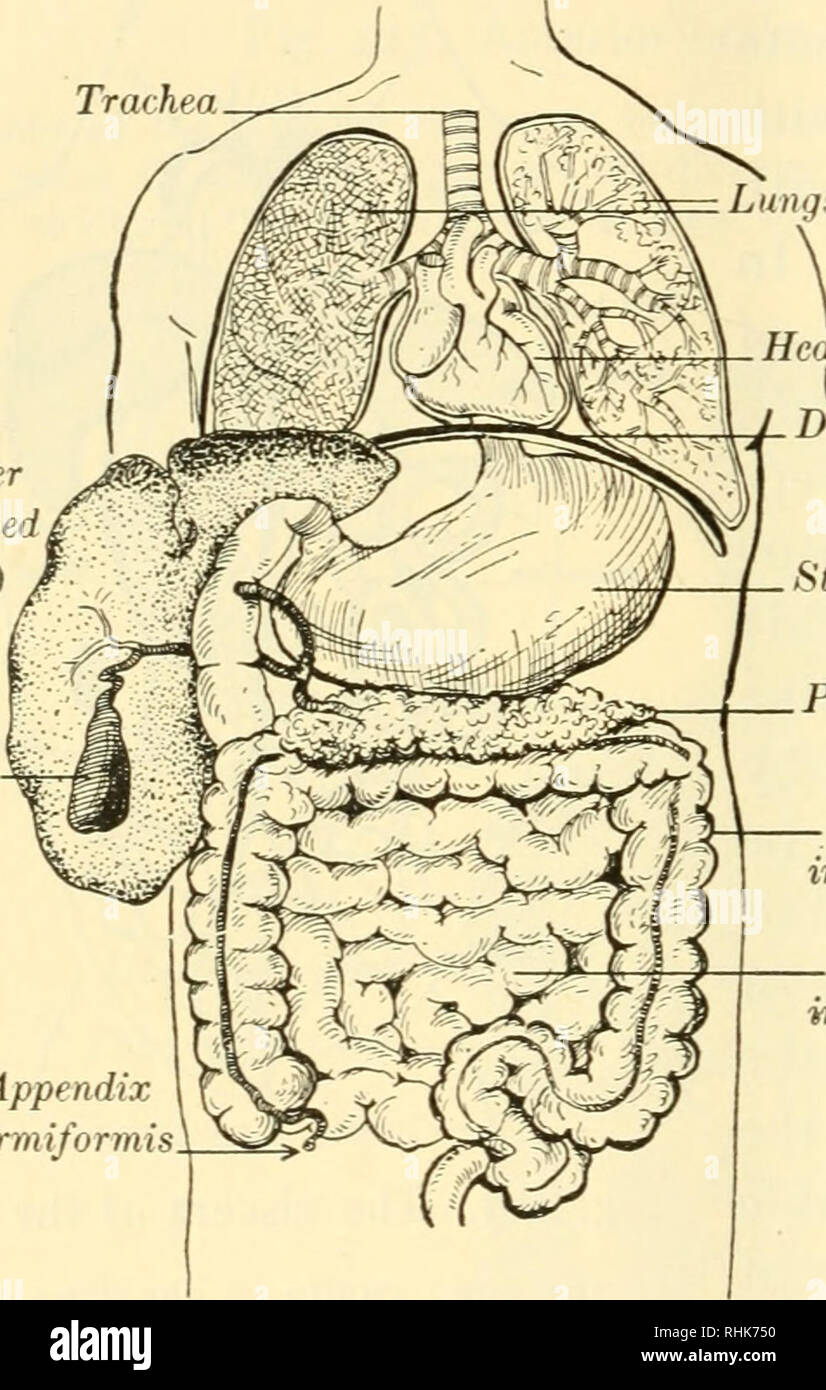















Post a Comment for "Osmosis In The Digestive System"